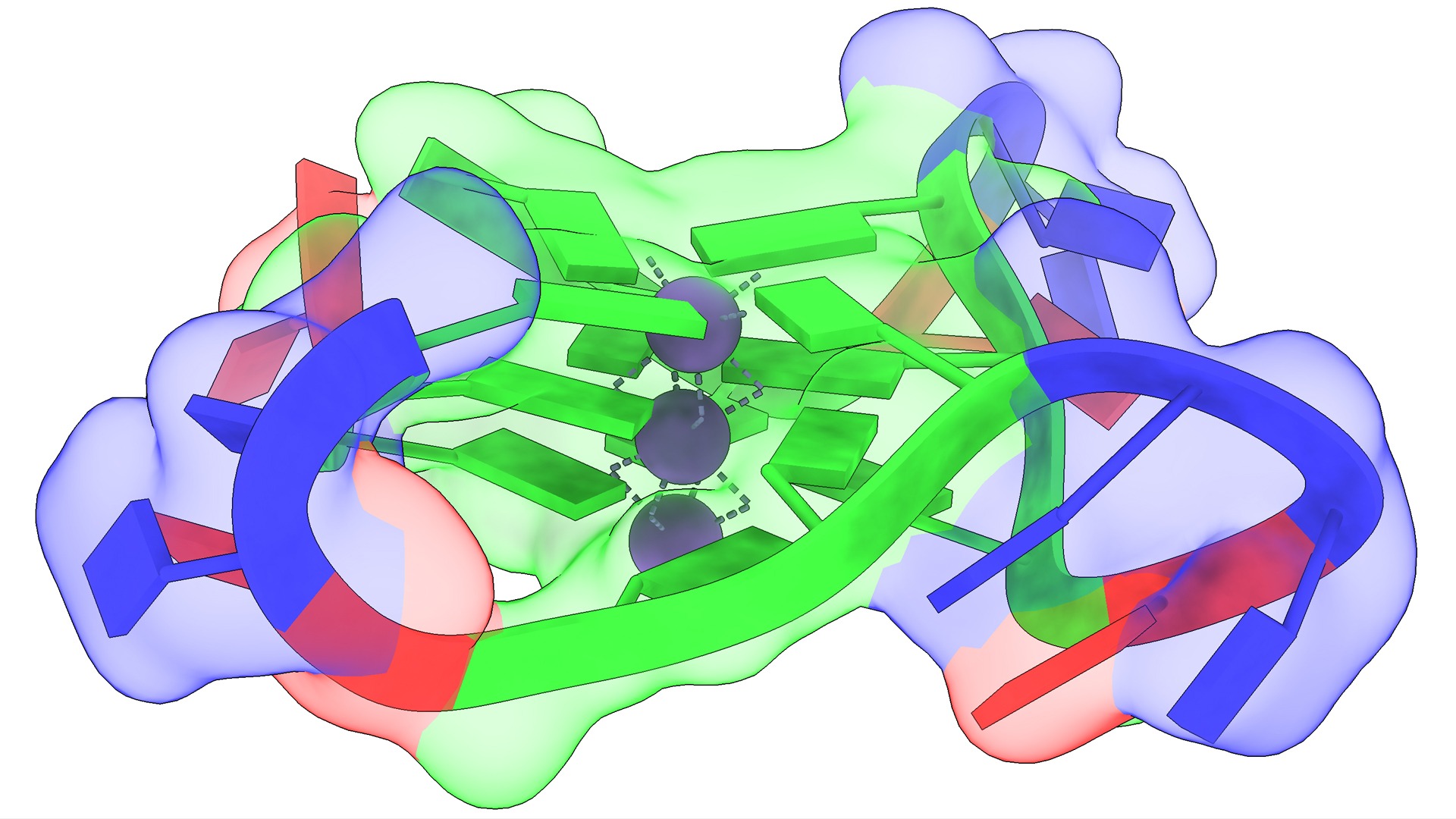The hunt for G quadruplex structures
Researchers from Karolinska Institutet, led by SciLifeLab Fellow alumnus Simon Elsässer, have developed a new method with a high sensitivity for detecting G quadruplex structures (G4) – a DNA folding structure first found in telomeres. Using the new method the researchers discovered previously unknown locations in mouse embryonic stem cells.
During the past 20 years more G4 locations have been discovered but all locations, how they form and their function still remains somewhat of a mystery. For this reason, doctoral student Jing Lyu (KI) from Fellow alumni Simon Elsässer’s group, developed a new method to map G4 structures genome-wide at high resolution.
Elsässer and his team were worried that the existing method protocols were too harsh to retain the delicate G4 structure and would only detect the most stable and abundant G4 locations in the genome. The researchers applied an in-situ approach, in which antibodies against the G4 structures were diffused into lightly permeabilized cells, and were able to ‘mark’ the DNA sequences responsible for forming G4 structures.
The method, known as CUT&Tag, relies on a transposase enzyme that is recruited via the antibody and inserts an oligonucleotide into the genomic sequence that can later be used to amplify and sequence the targeted sites. The resulting G4 CUT&Tag method yielded a much better signal-to-noise ratio than existing methods and revealed numerous G4 structures in the human and mouse genome that were previously not detected.
The researchers also discovered that enhancers, bound by pluripotency factors, also featured G4s. The ability to form G4s seemed to make a clear-cut distinction between enhancers active during pluripotency and tissue-specific enhancers activated during differentiation.
“In the future we would like to investigate if and how enhancer G4s play a role in regulating gene activity and 3D genome organization” says Elsässer in a news article from Karolinska Institutet.
Read the publication in Nucleic Acids Research





